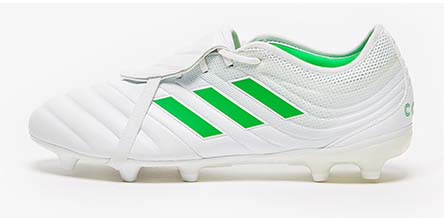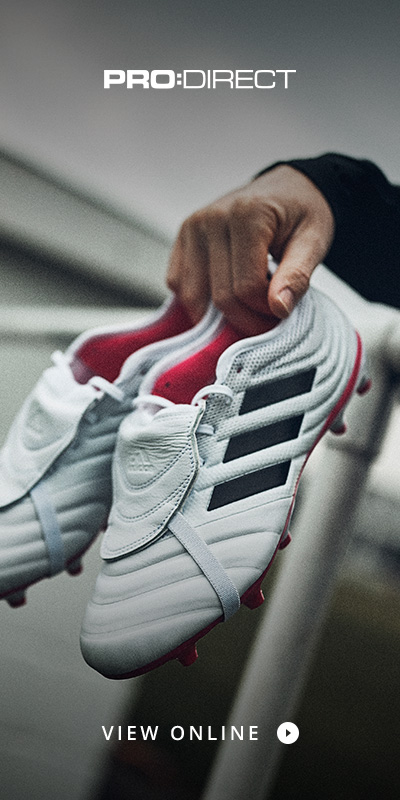Wearing your collar up was the calling card of a footballing don. The 90s equivalent of wearing gold boots, and a trend that blurred the lines of confidence and arrogance as a statement of superiority. With football now more marketed than ever before, and with players building their personal brands at every step, it's time for a return.
Of course, with all on-pitch fashion trends there were a series of rules: Firstly, you had to play upfront or in midfield. Secondly, you needed a strong number, ideally 7, 9 or 10, and finally you needed that no-shits-given maverick attitude and undisputed belief that you were the best player on any pitch, the absolute dog's bollocks.
The popped collar's highest heights coincided with the introduction of the Premier League in the early 90s – a red carpet footballing stage full of egos, glamour and increased media coverage that kicked off the rise of the modern footballing celebrity. In came performance enhancing material and the collar was made redundant, but it can rise again. Not only that, but it can flourish, especially in this rapidly streetwear-embraced trend that has engulfed football replica.

Trademarked in the Premier League by Eric 'The King' Cantona, the look was often replicated, but never bettered, the perfect complement to that iconic MUFC number 7 shirt. Arriving from Leeds with expectation Cantona let everyone know he was ready from the moment he stepped out on to the Old Trafford pitch with his collar up, it became a stipulation that all United shirt designs going forward must have a collar. Following the Frenchman’s retirement in 1997, United specifically brought Dwight Yorke to the club who continued the ‘collar up’ role to the best of his ability, but the collar-up vibe in England will always be referred to as the Cantona Collar.


The 90s were a time when image trumped performance when it came to kit design and apparel – big shapes were boss, oversized shirts were standard, and pull string collars were crisp, but that all changed when science started getting involved. Now we've experienced a couple of decades of skin-tight performance, muscle enhancing cuts, and minimal looks, brands have progressed to a stage where they can now place new emphasis on aesthetic without hampering performance elements. In short, a collar wouldn't be viewed as excess distraction, but a USP to a colossal market. This is a big business, after-all. Someone get Gabriel Batistuta out of retirement and tell him to start slicking that hair back.


Once technology and innovation moved the game forward the collar became a less regular sight. Cristiano Ronaldo, one of the few players on the planet with the perfect equilibrium of ability and arrogance brought it back in 2011, and as we move into kit release season we're starting to contemplate who else could pull it off.
So who else could be the lead figure in a potential ‘collar up’ revival? Messi? He could, but he's far too humble, not enough ego. Neymar? Absolutely. Jordan kit, collar up, headband on. He's a strong candidate although he lacks that Cantona-esque unpredictably and hardness. Zlatan? 100%. But that head-case generation of arrogance has gone, and now the collar-up trend could be reinvented by the likes of Kylian Mbappe, Eden Hazard, Jadon Sancho, or perhaps even someone quiet, someone unassuming who does all the talking on pitch but still oozes confidence: Mo Salah, Harry Kane, Marcus Rashord, if your club chucks a collar on it. Own it.
Ultimately, the collar-up stance is a mindset, it's the strongest flex going. Has anyone ever kung-fu kicked a supporter with a collar folded down? No they have not. Collar up, it's showtime.

Brands, bring it back. Players, embrace it.






















